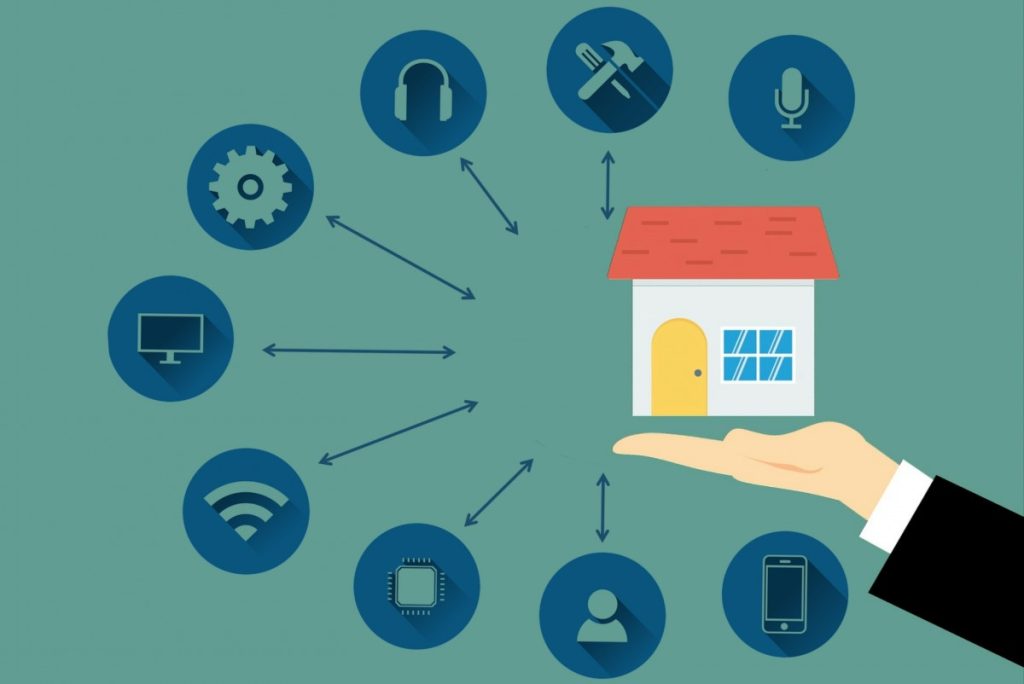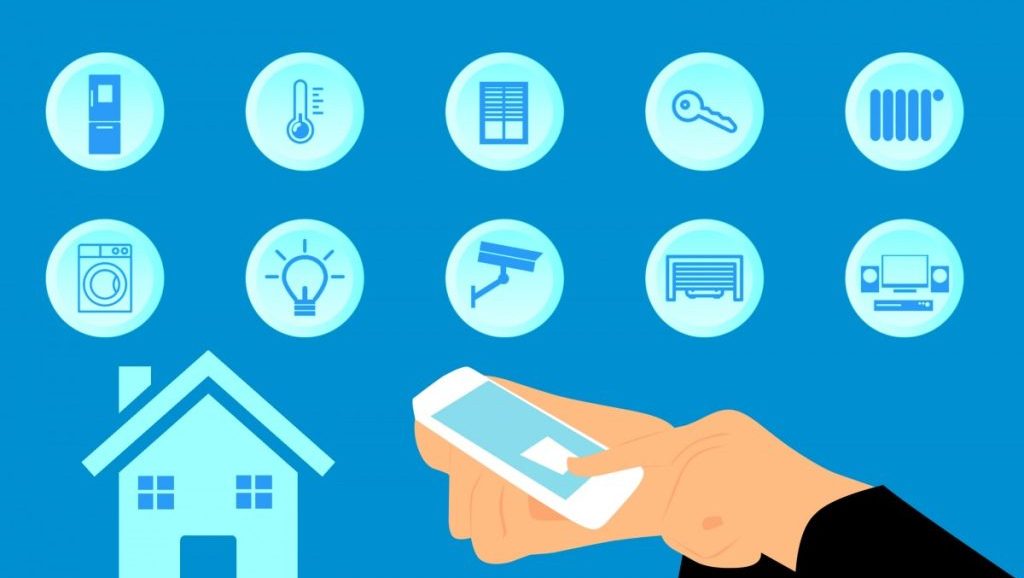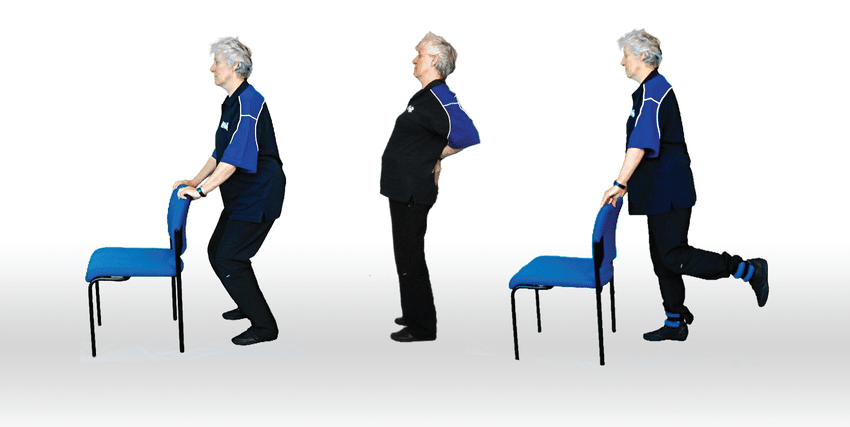In an era where technology strides towards making life more manageable and interconnected, home automation has emerged as a groundbreaking tool, especially for individuals with disabilities. It’s a paradigm shift that’s not just adding convenience but revolutionizing independence and self-reliance. Let’s embark on a detailed exploration of how these smart home technologies are empowering individuals with disabilities, offering them newfound freedom and safety in their daily lives.
The Advent of Smart Home Technology
Home automation, once a figment of science fiction, has evolved into a real-world solution that’s changing lives. It encompasses control over various home functions like lighting, temperature, security systems, and entertainment, all through simple, user-friendly interfaces. For individuals with disabilities, this technology is more than a luxury; it’s a critical component of their everyday independence.
The primary allure of smart home technology lies in its ability to be remotely controlled and programmed. Whether it’s adjusting the thermostat, controlling the lights, or monitoring security cameras, these tasks can be performed from a smartphone or through voice commands. This capability is particularly beneficial for those with mobility issues or fine motor skill challenges.
Customized Solutions for Enhanced Accessibility
Customization is a cornerstone of effective home automation for individuals with disabilities. Every individual’s needs are unique, and technology can be tailored to meet these specific requirements. Voice-controlled systems, for example, are invaluable for those with mobility impairments. Simple voice commands can control various aspects of the house, from opening and closing doors to operating televisions and other appliances.
For those with visual impairments, home automation can provide auditory feedback and enhanced voice control, making navigation through the home environment more intuitive and safer. Tactile switches and controls with larger, more distinct buttons also aid those with dexterity challenges, ensuring that everyone can use home automation systems with ease.
Safety and Security: A Priority
For individuals with disabilities, safety is a primary concern, and smart homes address this need effectively. Automated security systems, including surveillance cameras, motion detectors, and automatic door locks, offer a sense of security and independence. Moreover, these systems can be linked to emergency services, ensuring that help is readily available in urgent situations.
In addition to security, environmental monitoring is another critical aspect. Smart smoke detectors, carbon monoxide monitors, and water leak sensors can provide early warnings, mitigating risks and preventing potential hazards.
Overcoming Barriers with Assistive Technologies
Despite the advancements, one significant challenge in home automation is ensuring accessibility for all users. Manufacturers and designers are continuously working to create more inclusive systems. This includes developing interfaces that are intuitive and adaptable to various disabilities, such as voice recognition software that can accommodate different speech patterns and remote controls designed for those with limited dexterity.
The Future of Home Automation for Disabled Individuals

Looking forward, the prospects of home automation for individuals with disabilities are boundless. The future points towards even more integrated and predictive systems. Homes might soon have the ability to anticipate needs based on behavior patterns, further easing daily tasks for those with disabilities. This progression is not just about technological advancement; it’s about fostering an environment where independence and ease of living are accessible to all.
Transforming Lives Through Technology
In conclusion, home automation is more than a set of technological advancements; it’s a pathway to independence for individuals with disabilities. By providing control, safety, and customization, these systems are breaking down barriers and opening new doors to freedom and self-reliance. As technology continues to evolve, it promises even greater opportunities for enhancing the quality of life, ensuring that disability is not an obstacle to living a full and independent life.







